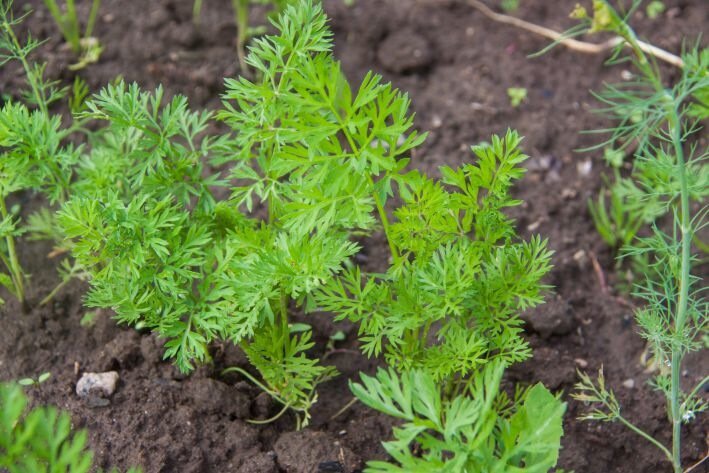Don't do this, otherwise the seedlings won't be able to break through: 5 mistakes when growing carrots that even experienced gardeners make
When planting carrots, most summer residents believe that it does not require special care.
As a rule, the cultivation scheme looks like this: summer residents make holes, randomly plant seeds and water occasionally.
Anastasia Kovrizhnykh , an expert of the online publication "BelNovosti", an agronomist and landscape designer, told how to act correctly in such a situation.
This growing scheme is optimal, but it is worth remembering the typical mistakes that can negatively affect plant growth.
Wrong variety
Many gardeners, even those with many years of experience, often make the mistake of choosing a carrot variety that is not suitable for their region.

Varieties have different resistance to diseases, different ripening times and climate requirements.
For successful cultivation, it is important to take these factors into account and choose a variety adapted to specific conditions.
For example, in the northern regions, early varieties are better suited, and in the southern regions, mid-season and late varieties.
Refusal to prepare the soil
One of the common mistakes is insufficient soil preparation before planting.
Experienced gardeners sometimes neglect deep digging and the application of organic fertilizers, which leads to soil compaction and, as a consequence, to the formation of gnarled and deformed root crops.
Refusal to water or watering incorrectly
Watering is another thing where even experienced gardeners can get it wrong. Carrots need regular but moderate watering.
Too frequent or abundant watering can lead to cracking of root crops, and a lack of moisture can lead to a change in taste.
It is best to keep the soil moist, but avoid overwatering. It is important to remember that during the period of active growth, carrots require more water, and closer to harvesting - on the contrary, less.
Untimely thinning of seedlings
Thinning out seedlings is an important step in growing carrots that is often underestimated. If plants grow too close together, they begin to compete for light, water, and nutrients, which negatively affects the quality and size of the roots.
Experienced gardeners sometimes postpone this process, which leads to thickening of the plantings.
Proper thinning should be done in two stages: the first time – when the first true leaves appear, and the second – when the root crops reach a diameter of about 1 cm.
Refusal of preventive treatment
Carrots are susceptible to attacks by carrot flies, nematodes and various fungal diseases. At the same time, most summer residents refuse to treat them with various means, making a serious mistake. Prevention is key, without it, it is unlikely that you will get an excellent harvest.
Previously, we talked about what you need to know about mustard as a green manure.
